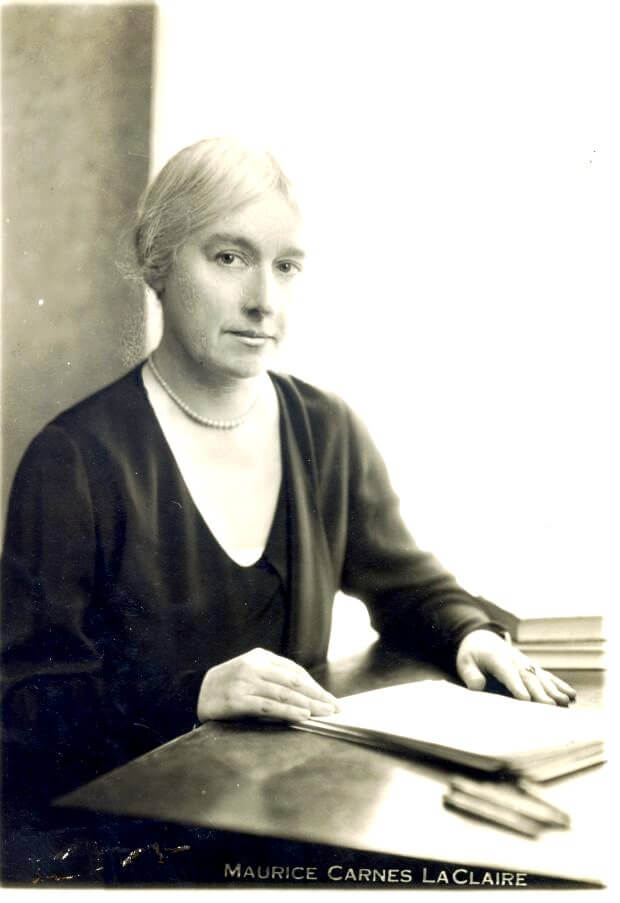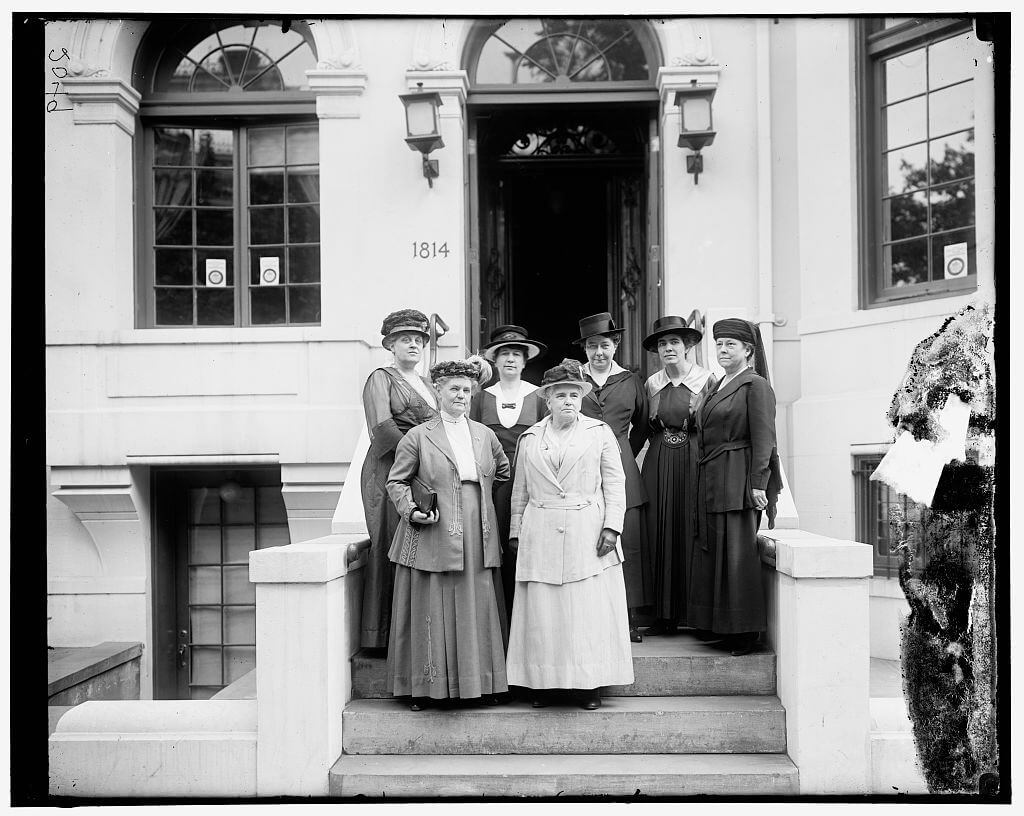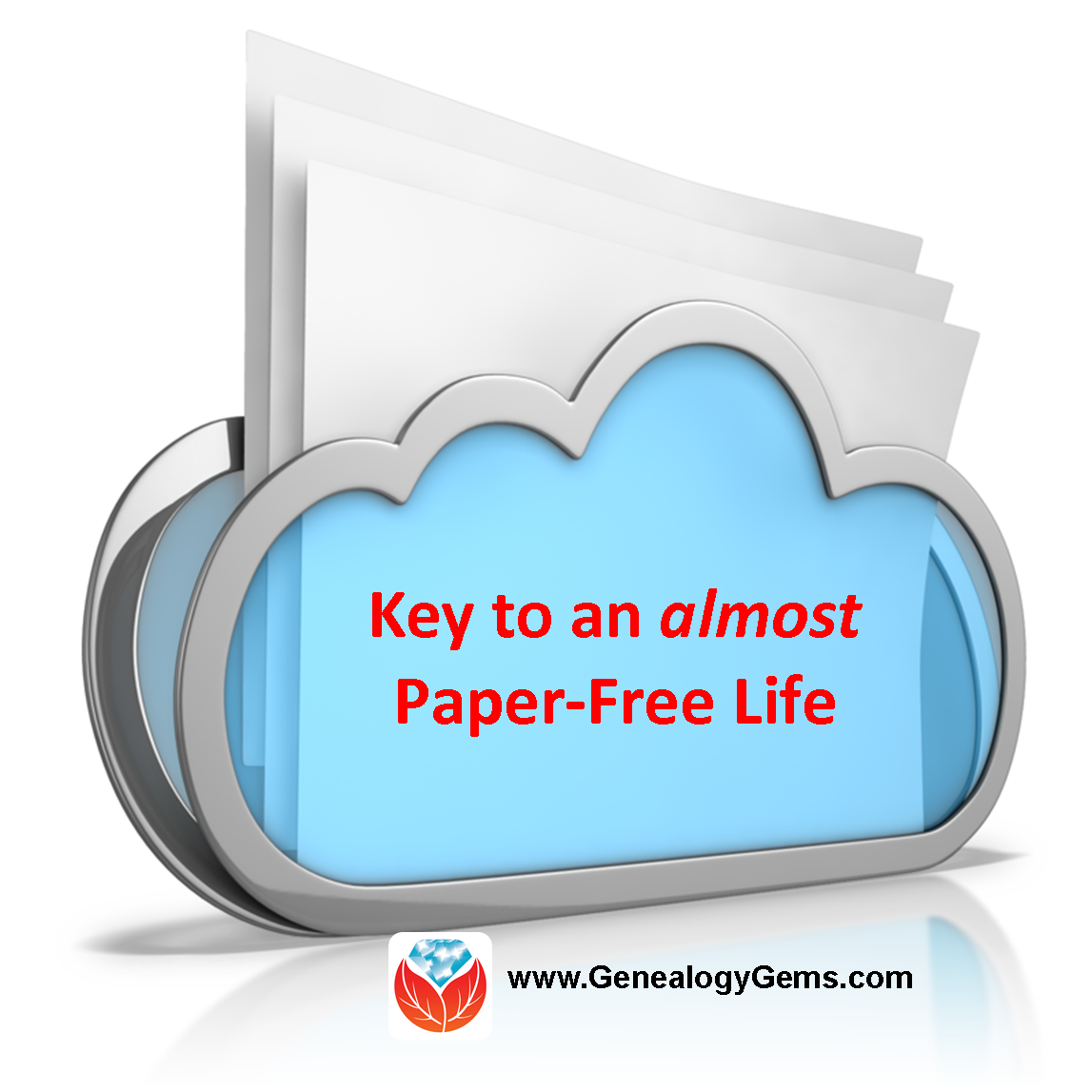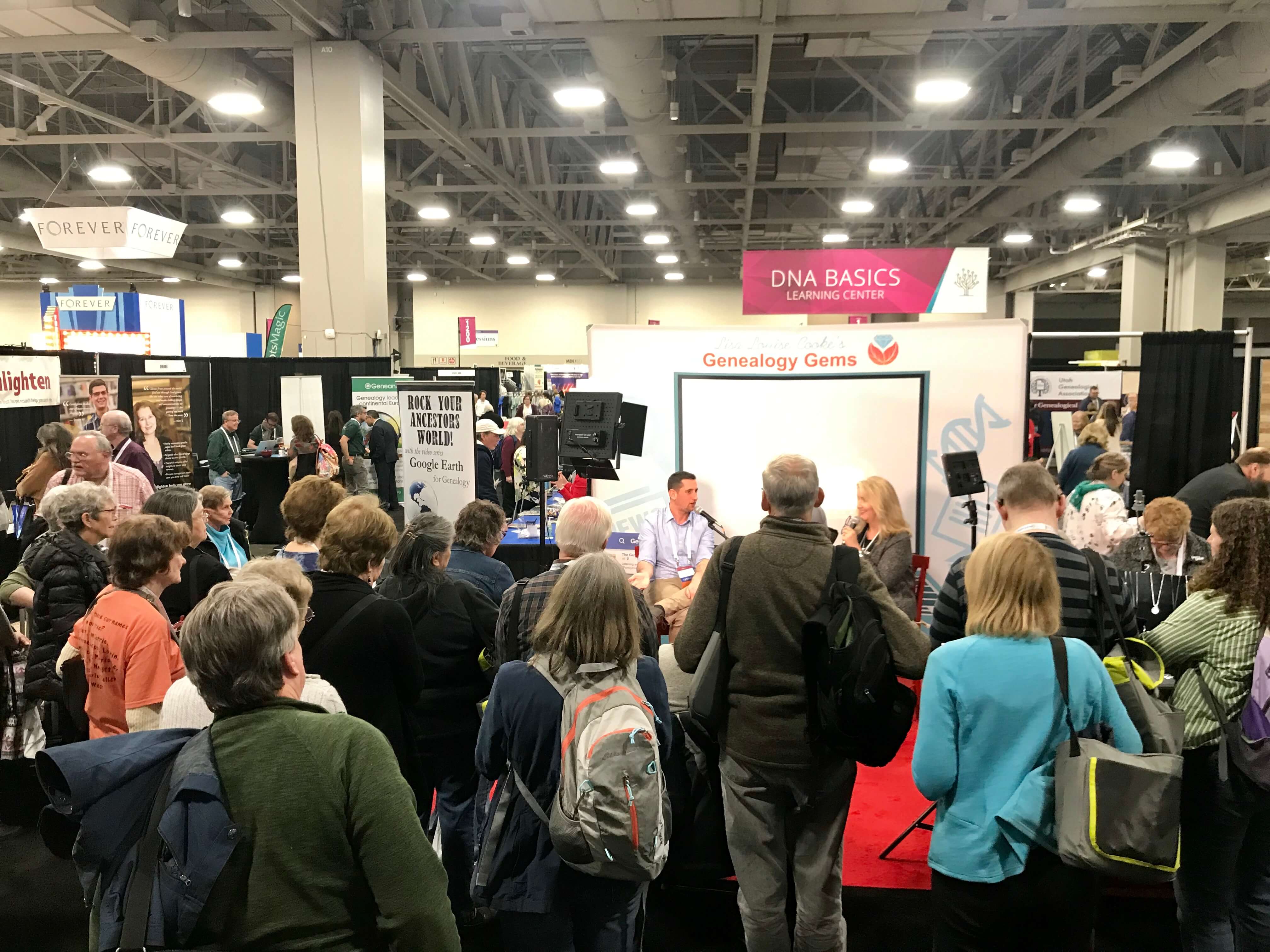Send a Letter, Make Cousin Connections
When was the last time you sent a letter or email to someone you didn’t know? Gail did, and you will be touched and inspired by her sweet story of finding a long lost cousin in Italy. Sometimes, all it takes is sending a letter to make a monumental cousin connection.
I often encourage our readers and Genealogy Gems Podcast listeners to reach out of their comfort zone. Writing letters is just one way we can expand your search for records and cousin connections.
I wanted to share with you this story of how reader Gail was rewarded by simply writing a letter. Gail shared:


The only known photo of Antonio Capetti – the ancestor who links Gail with her Italian cousins.
“It is because of listening to your podcast, that we just returned from the most amazing trip of a lifetime! My husband & I had scheduled a fabulous trip to Italy, where I’d always wanted to go. It is the home of my father’s ancestors, and I have been researching this side of the family since the early 1980s.
A couple weeks before we left, I was determined to find a living relative still in Italy. I remembered your suggestion to write to the priest in the old family village. I wrote to the priest and included a letter to any “found” family member briefly outlining the family tree and including a return envelope.
Imagine my excitement when, the week before we left, I received a letter from a long lost relative! 81-year old Mario was amazed that after over a century, the two branches of our family would get together again. We began texting and set up a meeting place. We met Mario in Venice and all cried when we met – feeling that family connection immediately.

Then, at his suggestion, we hired a car to take us to our old family hometown, where he walked us through town and showed us a concrete medallion on the building where our ancestors lived, inscribed with the family name.  We went to the church and saw our name also inscribed on the baptismal font, as it had been a gift from our family. We walked to the cemetery and then had lunch together. During lunch, we face-timed with my father back in the U.S. and everyone cried as we stated that “our relatives in heaven are smiling today!” Our trip was the trip of a lifetime and the highlight was meeting family we didn’t even know we had, walking together down the roads that our ancestors walked!
We went to the church and saw our name also inscribed on the baptismal font, as it had been a gift from our family. We walked to the cemetery and then had lunch together. During lunch, we face-timed with my father back in the U.S. and everyone cried as we stated that “our relatives in heaven are smiling today!” Our trip was the trip of a lifetime and the highlight was meeting family we didn’t even know we had, walking together down the roads that our ancestors walked!  Thank you, Lisa, for your suggestion. It made a wonderful trip so much more special and personal – one we will never forget.”
Thank you, Lisa, for your suggestion. It made a wonderful trip so much more special and personal – one we will never forget.”
How absolutely fabulous! I am so happy to hear when readers and podcast listeners take a little Gem and turn it into such a once in a lifetime experience. Thank you to Gail for taking the time to write and share this with me, and all of us who seek to know our ancestors!
More Gems on Making Cousin Connections
Follow Gail’s example and put into action new ideas for cousin connections. If you’ve had your DNA tested, don’t miss Diahan Southard’s newest quick reference guides that will help you get much more value out of your results. And keep reading below for more ideas:
- “We’re Cousins?!” DNA for Genealogy Reveals Surprising Relationship
- How are We Related?? Use a Cousin Calculator
- DNA Matches: What To Do With All Your Genetic 4th Cousins
This article was originally published on October 22, 2016 and updated on April 12, 2019.

























 Each weekly edition comes out on Wednesday and the cost is $1.50 per paper. However, you can save by signing up for a 6-month, 1-year, or 2-year subscription. They have local and national editions and you can check out all the subscription prices at
Each weekly edition comes out on Wednesday and the cost is $1.50 per paper. However, you can save by signing up for a 6-month, 1-year, or 2-year subscription. They have local and national editions and you can check out all the subscription prices at 





